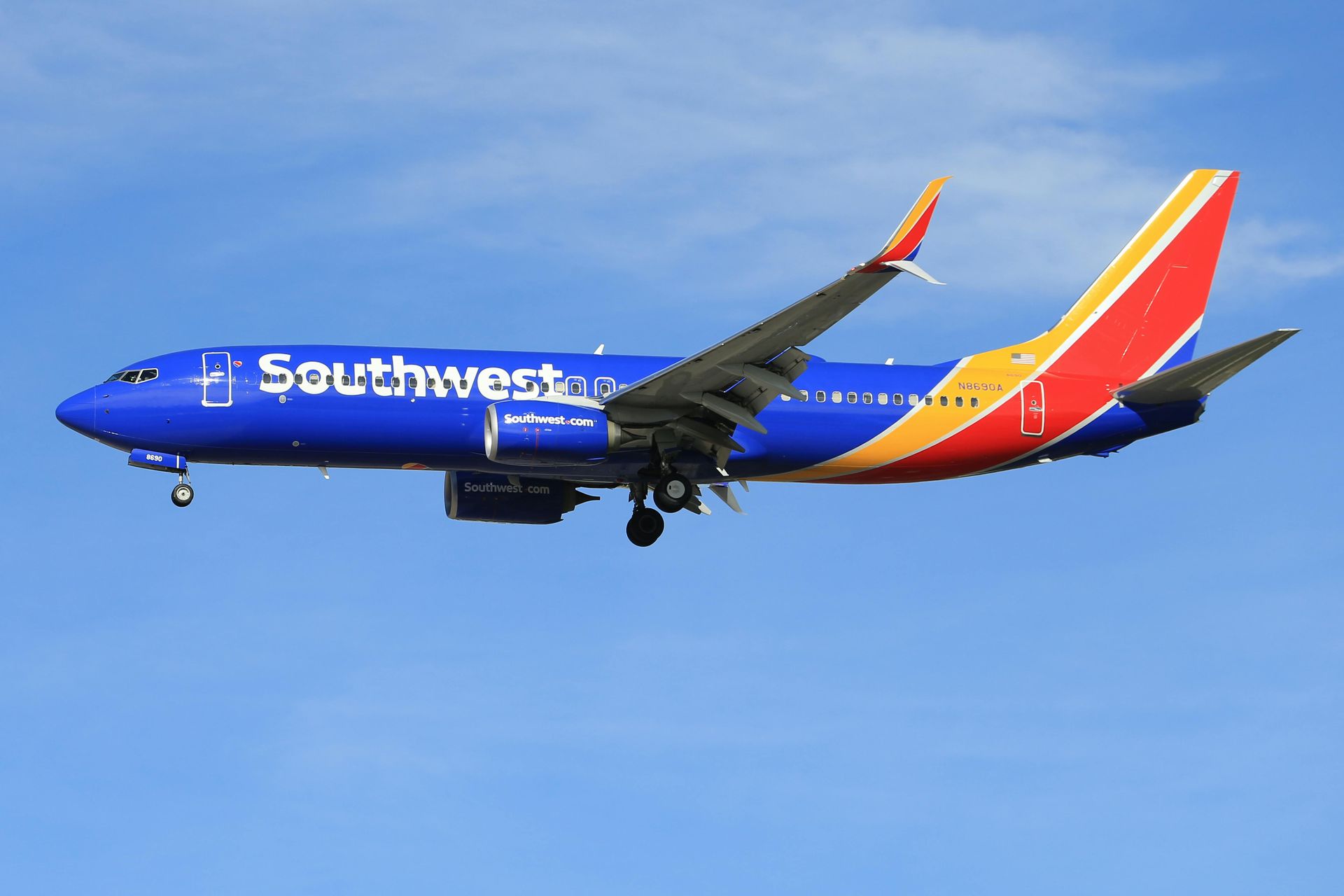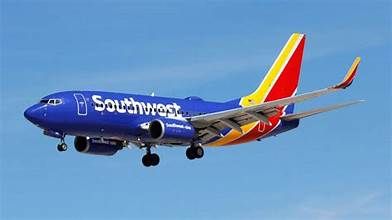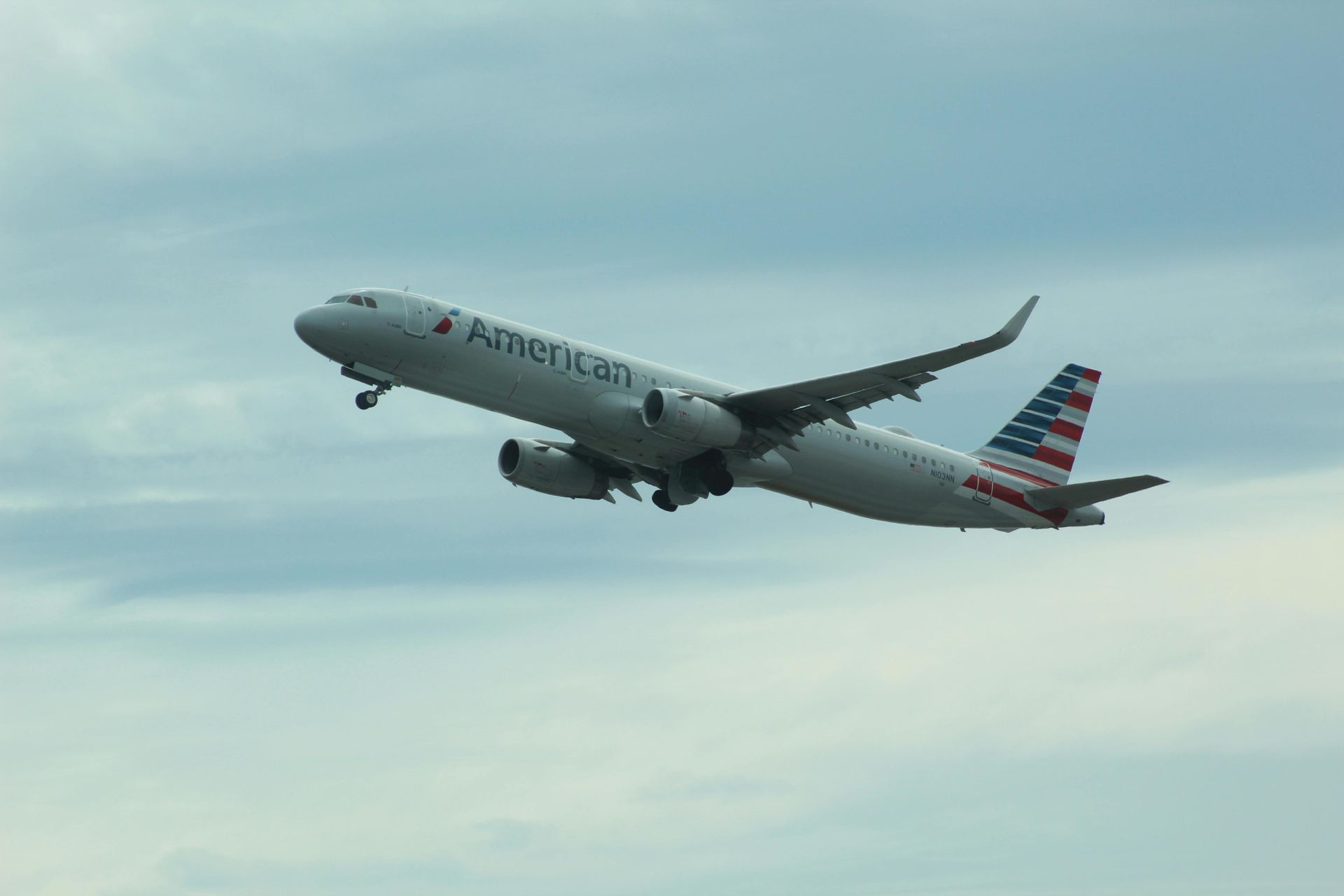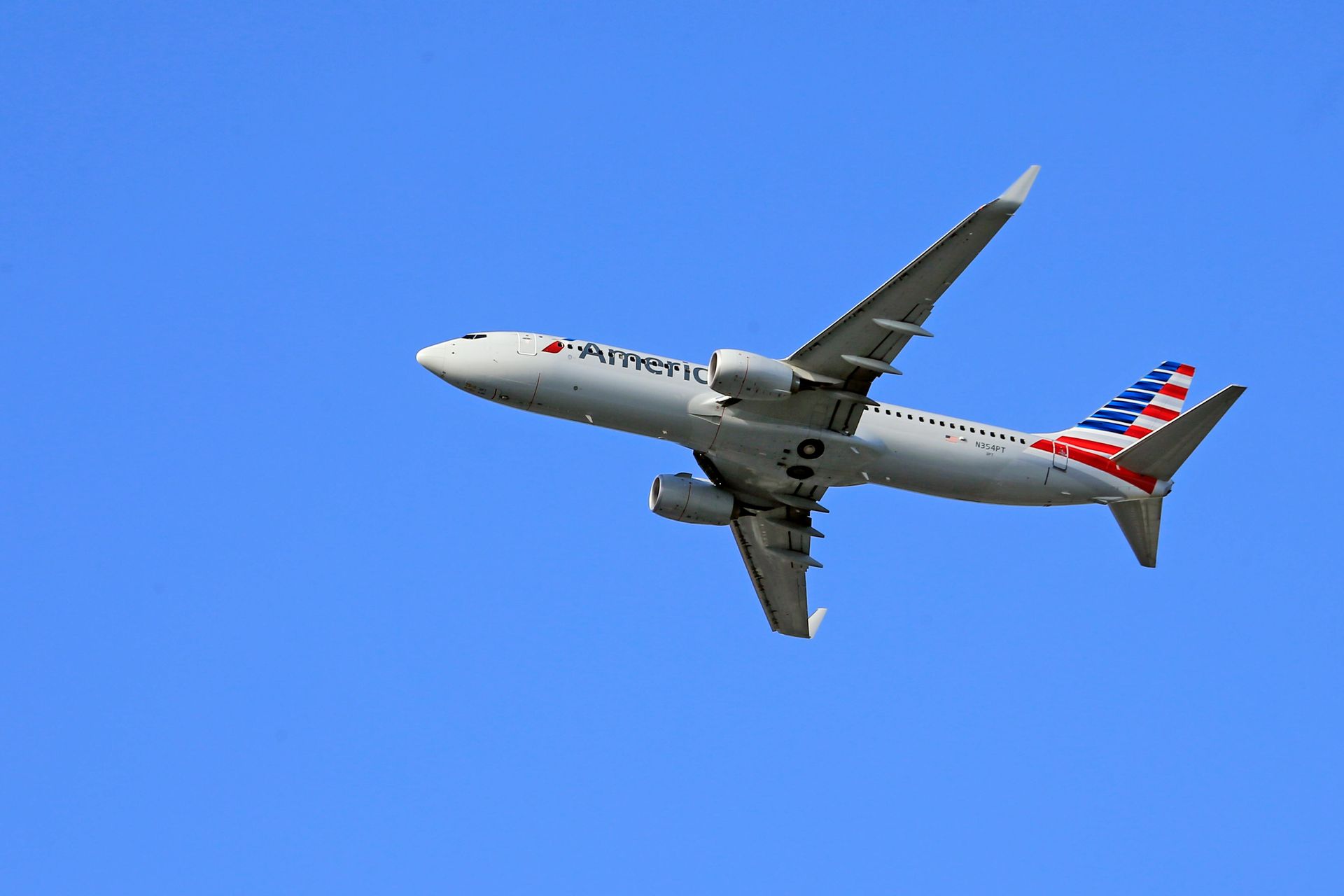Building and Protecting Your Points and Miles “Portfolio”
Part I in a series on the Points and Miles "Portfolio"
The theme of this week’s Travel Rewards Optimizer posts will be the “Points and Miles Portfolio.”
There will be three posts:
- Building and Protecting Your Points and Miles “Portfolio”
- Determining the Value of Your Points and Miles “Portfolio”
- How Much Return Can You Expect from Your Points and Miles “Portfolio”
I tend to think of points and miles the same way I think of an investment portfolio. When we create a Travel Rewards Optimizer plan for clients, our goal is to help them build points and miles “wealth” in the form of travel value for their future use. While this is a straightforward goal, there are certain principles to take into consideration to ensure the greatest potential for growth. Additionally, like an investment portfolio’s assets, there are potential risks to your points and miles that you want to minimize.
Travel Goals and Timing
A common purpose for an investment portfolio is to fund your retirement. You want to have enough money to live on during your expected remaining years after you stop working. But people want to build their wealth for all sorts of reasons. Similarly, travel goals vary widely from wanting to visit family on domestic trips to taking a dream vacation to an exotic locale. How you amass and utilize your points and miles can be a significant factor in how quickly and easily you meet travel goals.
Diversification
Investment portfolios are diversified to reduce the risk of market swings. Your points and miles portfolio should also be diverse but not necessarily for the same reasons. While the value of points or miles can vary over time, their value is not subject to sudden “corrections” or “crashes.” However, when you go to redeem points or miles for a flight or hotel room, the value you can get from different loyalty programs can vary greatly and diversity will give you options.
At the same time, you do not want too much diversity. When I first started paying attention to my own points and miles years ago, I realized that I had small balances with many airline and hotel programs – a few Marriott points here, a few JetBlue miles there, etc. I was not likely to be getting free flights or rooms from these programs any time soon. In fact, I ended up using these “scraps” for charitable donations or magazine subscriptions because these small batches of points and miles would otherwise expire.
In the context of a points and miles portfolio, diversification means giving yourself
some options but not
every option.
Flexible Points
An excellent way to diversify your points and miles is to collect the proprietary flexible points of issuers such as Chase, American Express, Citi, and Capital One. These flexible points can be used similarly to cash for paying your card balances, but they really deliver value when transferred into the points and miles of airlines and some hotel chains. Even better, for many of the banks’ transfer partners, transfers can be made instantly meaning you do not have to decide how to utilize your flexible points until you are ready to make bookings.
Of course, even though these points are flexible, it is still important to have an idea of what you want to do with them. The different issuers have different partnerships so you need to make sure you are pursuing flexible points that can be turned into airline or hotel points/miles that you will find useful.
Maintain Balance
Investment portfolios can get out of balance over time due to market corrections, significant growth in a particular sector, sales of assets, etc. As you are (hopefully) redeeming points and miles for travel every so often, the balance of your points and miles portfolio will shift and may become less diversified. Maintaining balance through diversification will ensure that the points and miles of different loyalty programs will be available for your redemptions so that you can get the best deal.
Don’t Hoard Points and Miles
Investment portfolios (at least during my lifetime) tend to grow in value and, if balanced and diverse, tend to grow faster than the rate of inflation. Unfortunately, that is not the case with your points and miles. In fact, over time, devaluation is a very real possibility.
Your points and miles are only a number until you turn them into actual travel, and
they probably will never buy you more travel than they will in the present. To be blunt, my philosophy is “earn ‘em and burn ‘em.” Besides, as long as you have expenses and use credit cards, you are replacing what you use.
My general timeline is that if you have more points and miles than you will use in the next year or two, perhaps you should consider utilizing them in other ways. During COVID, Ms. Optimizer and I amassed points and miles much faster than we could use them, so we turned our Chase points into statement credits at a rate of 1.5 cents per point. While we typically aim for a redemption of at least two cents per point for airline travel, the cash redemption rate was high enough to make it worthwhile for us, especially with the uncertainty about when we might travel again.
Portfolio Sustainability and Growth
While we recommend that you set travel goals with a one-to-two-year horizon and use your points and miles to avoid devaluation, it is also important to think about the sustainability of your points and miles program. Our hope is that clients will enjoy free or reduced cost travel through credit card reward programs for the rest of their lives.
A points and miles portfolio needs to be designed for the long term, so loyalty programs and credit cards need to be added or dropped over time. The goal is to continue to get the client to their free travel as quickly as easily as possible. But for sustainability, it is also possible to make sure that clients do not abuse their relationships with credit card issuers.
In addition to building a sustainable portfolio, it is also important to design the points and miles portfolio so that it continues to grow, or be replenished, at a decent rate.
__________________________
When we create your customized Travel Rewards Optimizer plan, we design it to take the factors discussed above into consideration, not only for your short-term goals, but also with an eye to ongoing accumulation of free travel for years to come. Our service does not monitor your “portfolio” or send statements like a brokerage firm does with an investment portfolio. However, part of the service is that we provide you with an easy-to-use spreadsheet template that you can use to keep track of your points and miles.
The next post in this series, “Determining the Value of Your Points and Miles ‘Portfolio,’” will appear on Thursday of this week. We hope you check it out.
We are ready to help you turn your routine credit card spending into the travel of your dreams.











